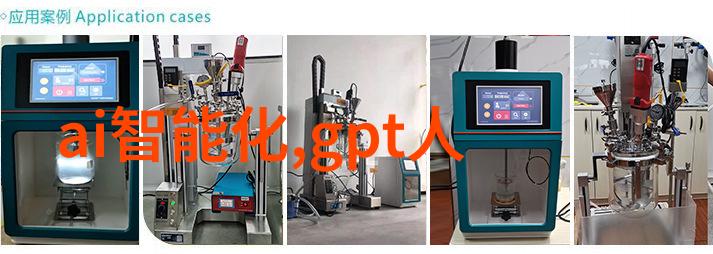Introduction

As the demand for efficient and sustainable production processes continues to grow, the importance of advanced catalytic systems and their associated technologies has become increasingly evident. At the heart of these systems lies a crucial component: the fixed bed reactor, particularly those designed by Aspen. In this article, we will delve into what an Aspen fixed bed reactor is, its working principle, applications in various industries, advantages over other types of reactors, and how it contributes to innovation in catalysis.
What is an Aspen Fixed Bed Reactor?

An Aspen fixed bed reactor is a type of chemical reactor that uses a solid catalyst supported on a porous structure or within a packed tube to facilitate chemical reactions between reactants at elevated temperatures under controlled pressure conditions. The term "fixed" refers to the fact that both reactants and products remain stationary during reaction due to gravity or fluid flow dynamics within the system.
Working Principle

The fundamental principle behind an Aspen fixed bed reactor lies in its ability to provide optimal contact between reactants and catalysts while minimizing mass transfer limitations inherent in liquid-phase reactions. The reaction process occurs as gases containing reactants flow through the packed tubes filled with catalyst particles while maintaining precise control over temperature profiles using external heating/cooling elements.
Applications Across Industries

The versatility of an Aspen fixed-bed reactor has led it being utilized across diverse sectors such as petrochemicals (e.g., hydrodesulfurization), pharmaceuticals (e.g., synthesis of complex molecules), biotechnology (e.g., biofuel production from biomass conversion), environmental remediation (destruction of hazardous pollutants like dioxins) and more.
Advantages Over Other Reactors

Compared with other types like fluidized beds or stirred tank reactors where mixing can be difficult when dealing with viscous fluids or solids suspension requires substantial energy consumption; aspen's design offers several benefits:
Enhanced efficiency due to uniform gas distribution throughout all parts of the bed.
Easy scale-up capabilities since larger units are just multiple smaller ones connected together.
Higher selectivity towards desired product formation due fewer opportunities for unwanted side-reactions occurring.
Reduced maintenance requirements owing less likelihood for clogging caused by particle aggregation inside channels compared with agitated tanks whose contents often need frequent stirring which could potentially lead up losses from loss-of-solids-in-reactant streams i.e., getting stuck at bottom part & never making it back up again; thus saving valuable resources spent on costly cleaning procedures following each run so long as one keeps adding fresh reagents after completion then recycling any unreacted material left behind—by doing so no longer losing any potential yield but still enjoying lower costs per unit produced than had been possible previously because now only new supplies required whereas before constant replenishment needed until end point reached!
6 Conclusion
In conclusion, understanding what makes an aspens' unique contribution stands out amongst many others – specifically focusing on maximizing surface area exposure via well-defined geometry combined with optimized temperature gradients coupled alongside precision control over residence time enabling superior performance levels achieved overall — may help guide future advancements driving further improvements not just limited but also benefiting multiple industries simultaneously promoting sustainability & enhancing productivity!



